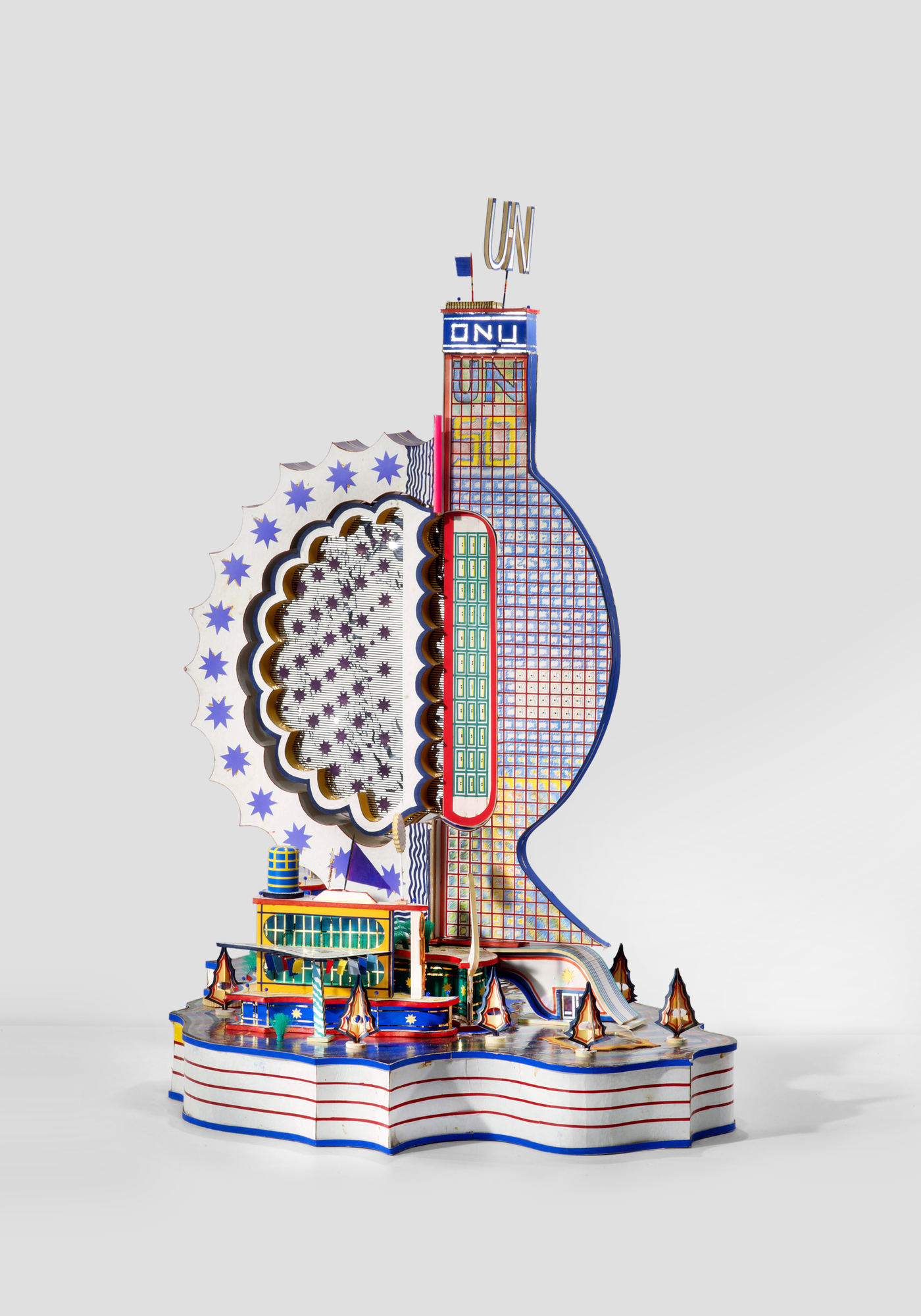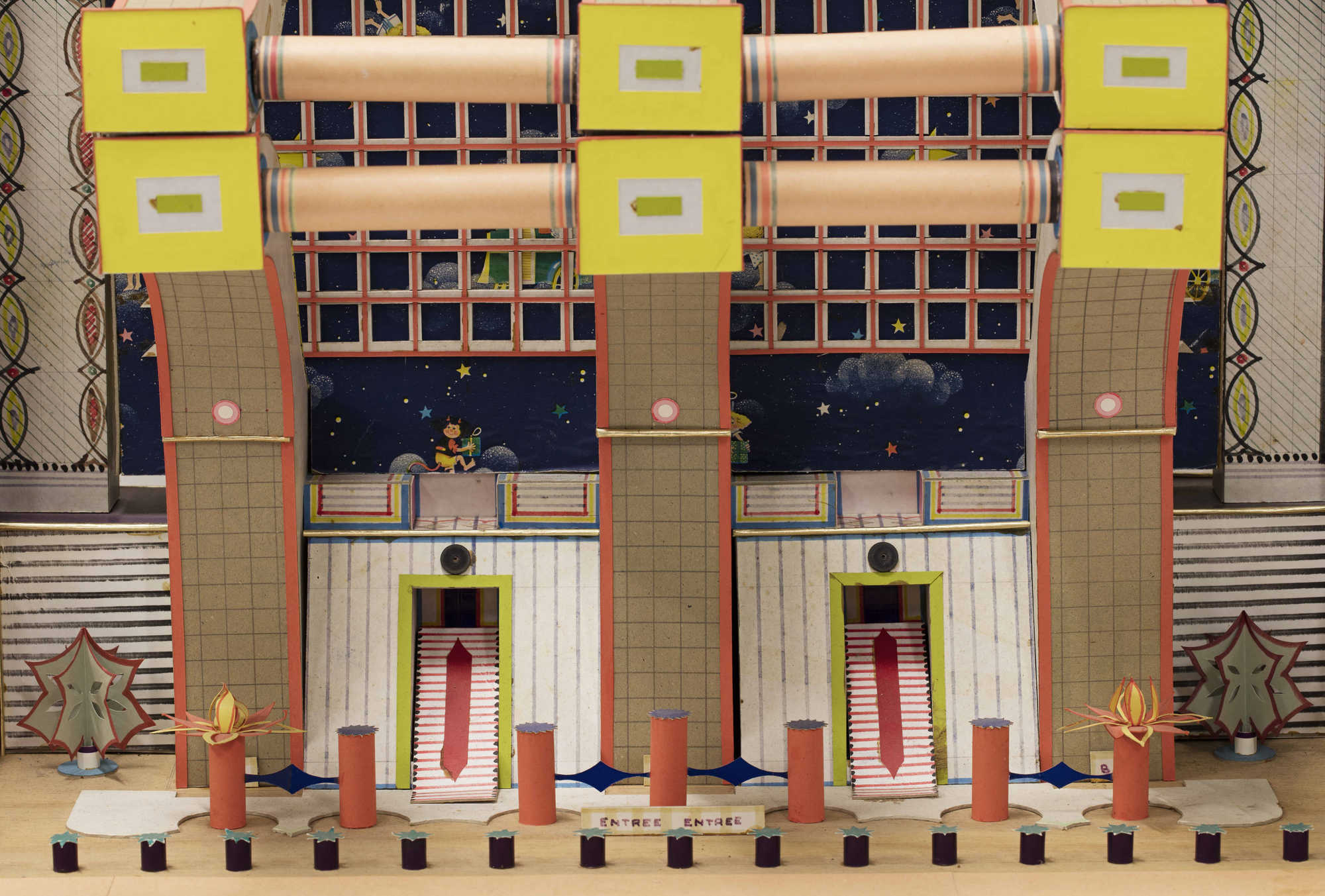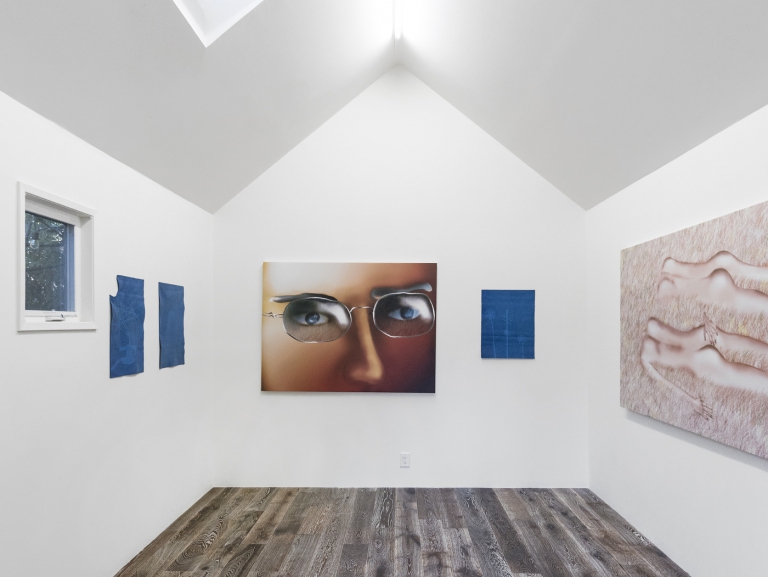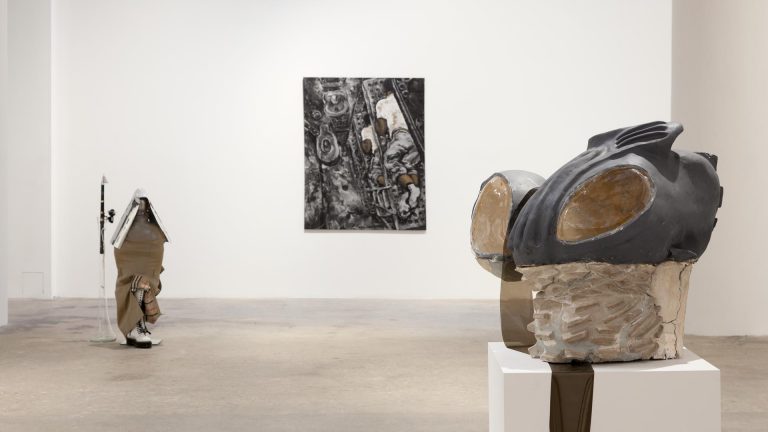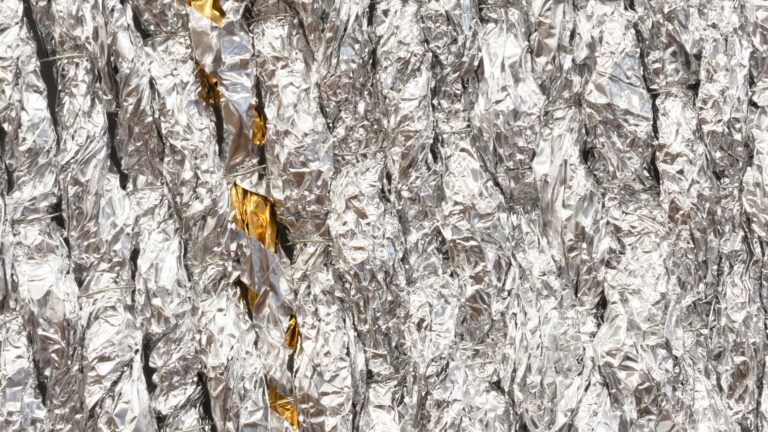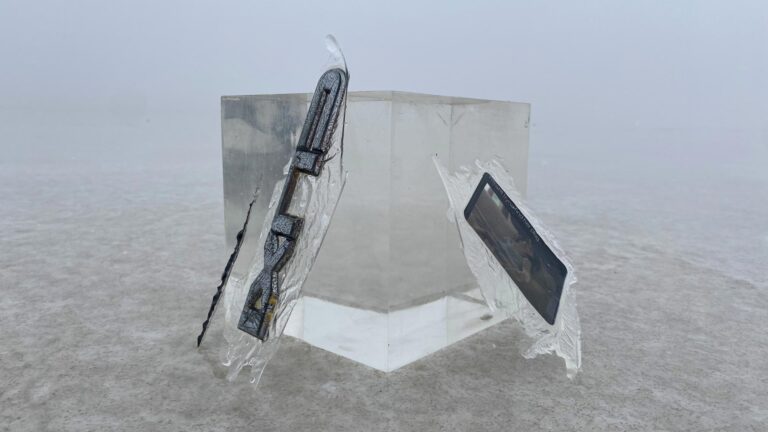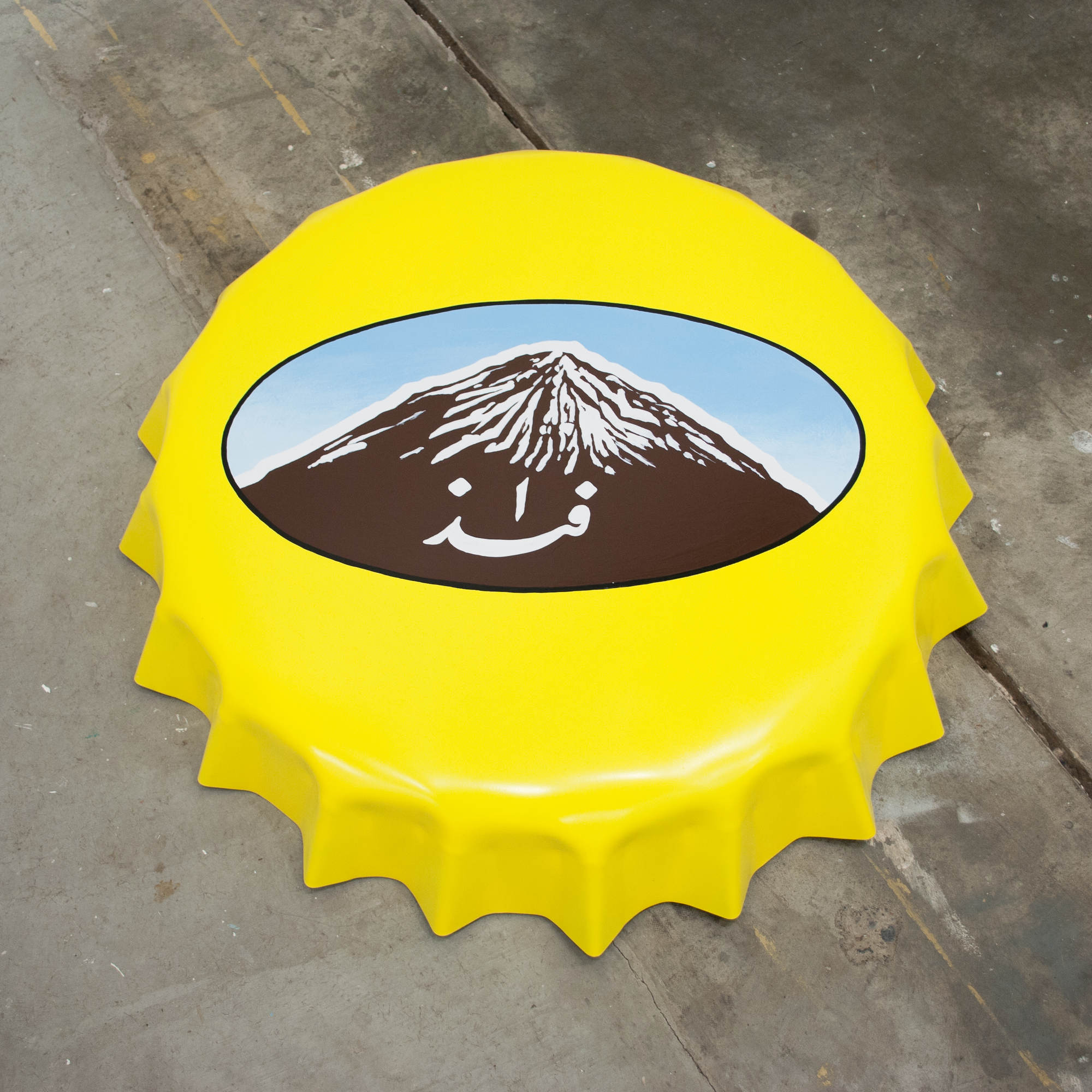Artist: Bodys Isek Kingelez
Exhibition title: City Dreams
Venue: MoMA, New York, US
Date: May 26, 2018 – January 1, 2019
Photography: ©MoMA , all images copyright and courtesy of the artist and MoMA, New York
NEW YORK, April 30, 2018—Spanning the three-decade career of visionary Congolese artist Bodys Isek Kingelez (1948–2015), The Museum of Modern Art presents Bodys Isek Kingelez: City Dreams, featuring more than 30 of the artist’s “extreme maquettes,” as he called them, in which he transformed paper, commercial packaging, and other everyday materials into dazzling, intricate sculptures that suggest utopian possibilities for global urban sites. On view from May 26, 2018, through January 1, 2019, City Dreams is the artist’s first retrospective and the first substantial monographic presentation of his work in the US. The exhibition includes works from each of the key periods of his career, from early sculptures that take the shape of civic buildings, public monuments, and national pavilions, to spectacular, expansive cities, to futuristic late works, which incorporate increasingly unorthodox materials. Bodys Isek Kingelez: City Dreams is organized by Sarah Suzuki, Curator, with Hillary Reder, Curatorial Assistant, Department of Drawings and Prints, The Museum of Modern Art. The exhibition design is produced in collaboration with the artist Carsten Höller.
Kingelez was previously featured in the MoMA exhibition Projects 59: Architecture as Metaphor (1997), and while his work has long been featured in major international exhibitions, this is the first opportunity in New York to explore the full breadth of his career. More than 30 works will be on view, including many rarely seen works from both public and private collections.
Born in the agricultural village of Kimbembele-Ihunga, in what was then Belgian Congo (now the Democratic Republic of the Congo), he moved in 1970 to the city of Kinshasa, the capital of the newly independent country, which had been renamed Zaire. Kingelez first started making art in the late 1970s, finding himself compelled to get his hands on “scissors, a Gillette razor, and some glue and paper.” Based on the technical mastery demonstrated by his earliest works, he was hired as a restorer of traditional objects at the Institut des Museés Nationaux du Zaire (now the Institut du Museés Nationaux du Congo) in Kinshasa, a post he held for six years until he devoted himself full-time to his own art making.
Before he began making art, and after finishing his university studies, Kingelez taught secondary school in Kinshasa at a time when education of the young generation was a top priority for the nascent nation of Zaire. One of the earliest sculptures in the exhibition, Maryland University USA (c. 1980), suggests the high value that Kingelez placed on education, and its representation of an American campus also demonstrates his strikingly international perspective from the outset.
While he didn’t travel outside of his home country until 1989, Kingelez was highly attuned to world events and deeply concerned with social issues. This focus can be seen in several works in the exhibition that directly addressed the realities of his time and his global perspective.
The Scientific Center of Hospitalisation the SIDA (1991) references the AIDS crisis; Palais d’Hirochima (1991) addresses the condition of postwar Japan; and U.N. (1995) attests to the United Nations’ peacekeeping efforts and the artist’s own sense of civic responsibility.
Kingelez also referenced contemporary architecture, including the Grande Arche de la Défense in Paris, whose hollow armature Kingelez emulated in Bel Atlas (1989) after seeing the monument the year it was inaugurated. Other structures akin to national pavilions suggest a local specificity—the log cabin–inspired form of Canada Dry (1991), for example, and the nod to Dutch gables in Belle Hollandaise (1991). Kingelez also reimaged sites he knew well. Marking an increase in scale and ambition, the complex, multi-building cityscape Kimbembele Ihunga (1994) is a futuristic version of artist’s rural hometown, complete with a stadium, shopping center, railway station, and skyscrapers.
One of the latest works in the exhibition, Nippon Tower (2005), exemplifies the increasingly idiosyncratic approach characteristic of the artist’s later production. Comprised of a plastic Smint box, packaging from a milk carton, BIC razor blades, lightbulb boxes, and a playfully shaped plastic spoon, this work could perhaps be understood as a portrait of the artist through objects and brands he used—or at least suggests what he had on hand in the studio at the time. With its soaring form constructed of translucent and blue plastic, Kingelez characterized this work with the words he pasted to its base: “super elegant.”
In his largest cityscape, Ville Fantôme (1996), Kingelez imagined a city in which doctors and police are not needed. “It’s a peaceful city where everybody is free,” he said, “It’s a city that breathes nothing but joy, the beauty of life. It’s a melting pot of all races in the world. Here you live in a paradise, just like heaven.” With his signature transformation of carefully selected papers and other materials such as battery packages, Kingelez creates a vision of paradise with elements of earthly reality. While his ideas for the city are grand, he also provides infrastructure for public welfare, including such amenities as a power plant, a post office, and plenty of public parking.
An artist of tremendous and enduring vision, Kingelez believed that “without a model, you are nowhere. A nation that can’t make models is a nation that doesn’t understand things, a nation that doesn’t live,” and his sculptures of imagined buildings and cities reflected his dreams for his country, his continent, and the world. An optimistic alternative to his own experience of urban life in Kinshasa, which grew exponentially and organically with urban planning and infrastructure often unable to keep in step, his work explores urgent questions around how communities and societies function, urban growth, economic inequity, and the rehabilitative power of architecture—issues that resonate profoundly today.
City Dreams includes an interactive virtual-reality experience of Ville Fantôme developed by Third Pillar, which allows visitors to virtually traverse Kingelez’s imagined city. This feature presents a unique opportunity to explore the incredible proliferation of detail that characterizes the artist’s work and gain new perspectives into its complexity and scale. The exhibition also features Dirk Dumon’s 2003 documentary, Kingelez: Kinshasa, une ville repensée (Kingelez: Kinshasa, A City Rethought), which offers insights into Kingelez’s life, process, and ethos.
Installation view of Bodys Isek Kingelez: City Dreams, The Museum of Modern Art, New York, May 26, 2018–January 1, 2019. © 2018 The Museum of Modern Art. Photo: Denis Doorly
Installation view of Bodys Isek Kingelez: City Dreams, The Museum of Modern Art, New York, May 26, 2018–January 1, 2019. © 2018 The Museum of Modern Art. Photo: Denis Doorly
Installation view of Bodys Isek Kingelez: City Dreams, The Museum of Modern Art, New York, May 26, 2018–January 1, 2019. © 2018 The Museum of Modern Art. Photo: Denis Doorly
Installation view of Bodys Isek Kingelez: City Dreams, The Museum of Modern Art, New York, May 26, 2018–January 1, 2019. © 2018 The Museum of Modern Art. Photo: Denis Doorly
Installation view of Bodys Isek Kingelez: City Dreams, The Museum of Modern Art, New York, May 26, 2018–January 1, 2019. © 2018 The Museum of Modern Art. Photo: Denis Doorly
Installation view of Bodys Isek Kingelez: City Dreams, The Museum of Modern Art, New York, May 26, 2018–January 1, 2019. © 2018 The Museum of Modern Art. Photo: Denis Doorly
Installation view of Bodys Isek Kingelez: City Dreams, The Museum of Modern Art, New York, May 26, 2018–January 1, 2019. © 2018 The Museum of Modern Art. Photo: Denis Doorly
Bodys Isek Kingelez (Congolese, 1948-2015). Untitled. c. 1980. Paper, paperboard, and other various materials, 32 15/16 × 14 7/8 × 9 5/8″ (83.6 × 37.8 × 24.5 cm). Private collection, Paris. Photograph by Kleinefenn
Bodys Isek Kingelez (Congolese, 1948-2015). Untitled (detail). c. 1980. Paper, paperboard, and other various materials, 32 15/16 × 14 7/8 × 9 5/8″ (83.6 × 37.8 × 24.5 cm). Private collection, Paris. Photograph by Kleinefenn
Bodys Isek Kingelez (Congolese, 1948-2015). Paris Nouvel. 1989. Paper, paperboard, and other various materials, 33 7/16 × 24 × 27 9/16″ (85 × 61 × 70 cm). Long-term loan from the Centre national des arts plastiques, France to the Château d’Oiron, France, FNAC 981003. © Cnap (France) / droits résérves; photograph by Frédéric Pignoux, Studio Ludo
Bodys Isek Kingelez (Congolese, 1948-2015). Paris Nouvel. 1989. Paper, paperboard, and other various materials, 33 7/16 × 24 × 27 9/16″ (85 × 61 × 70 cm). Long-term loan from the Centre national des arts plastiques, France to the Château d’Oiron, France, FNAC 981003. © Cnap (France) / droits résérves; photograph by Frédéric Pignoux, Studio Ludo
Bodys Isek Kingelez (Congolese, 1948-2015). Stars Palme Bouygues. 1989. Paper, paperboard, and other various materials, 39 3/8 × 15 3/4 × 15 3/4″ (100 × 40 × 40 cm). van Lierde collection, Brussels. Vincent Everarts Photography Brussels
Bodys Isek Kingelez (Congolese, 1948-2015). Stars Palme Bouygues (detail). 1989. Paper, paperboard, and other various materials, 39 3/8 × 15 3/4 × 15 3/4″ (100 × 40 × 40 cm). van Lierde collection, Brussels. Vincent Everarts Photography Brussels
Bodys Isek Kingelez (Congolese, 1948-2015). Belle Hollandaise. 1991. Paper, paperboard, and other various materials, 21 5/8 × 31 11/16 × 22 1/16″ (55 × 80.5 × 56 cm). Collection Groninger Museum. Photograph by Marten de Leeuw.
Bodys Isek Kingelez (Congolese, 1948-2015). Belle Hollandaise. 1991. Paper, paperboard, and other various materials, 21 5/8 × 31 11/16 × 22 1/16″ (55 × 80.5 × 56 cm). Collection Groninger Museum. Photograph by Marten de Leeuw.
Bodys Isek Kingelez (Congolese, 1948-2015). Kinshasa la Belle. 1991. Paper, paperboard, and other various materials, 24 13/16 × 21 5/8 × 31 1/2″ (63 × 55 × 80 cm). CAAC – The Pigozzi Collection, Geneva. © Bodys Isek Kingelez / Photo: Maurice Aeschimann. Courtesy CAAC – The Pigozzi Collection
Bodys Isek Kingelez (Congolese, 1948-2015). Kinshasa la Belle. 1991. Paper, paperboard, and other various materials, 24 13/16 × 21 5/8 × 31 1/2″ (63 × 55 × 80 cm). CAAC – The Pigozzi Collection, Geneva. © Bodys Isek Kingelez / Photo: Maurice Aeschimann. Courtesy CAAC – The Pigozzi Collection
Bodys Isek Kingelez (Congolese, 1948-2015). Place de la Ville. 1993. Paper, paperboard, plastic, and other various materials, 15 3/4 × 33 7/16 × 29 1/2″ (40 × 85 × 75 cm). Courtesy The Museum of Everything
Bodys Isek Kingelez (Congolese, 1948-2015). Africanisch. 1994. Paper, paperboard, plastic, and other various materials, 19 11/16 × 22 7/16 × 24″ (50 × 57 × 61 cm). Private collection, Paris. Photograph by Kleinefenn.
Bodys Isek Kingelez (Congolese, 1948-2015). Africanisch. 1994. Paper, paperboard, plastic, and other various materials, 19 11/16 × 22 7/16 × 24″ (50 × 57 × 61 cm). Private collection, Paris. Photograph by Kleinefenn.
Bodys Isek Kingelez (Congolese, 1948-2015). Kimbembele Ihunga (detail). 1994. Paper, paperboard, plastic, and other various materials, 51 3/16″ x 72 13/16″ x 10′ 5″ (130 × 185 × 320 cm). CAAC – The Pigozzi Collection, Geneva. © Bodys Isek Kingelez / Photo: Maurice Aeschimann. Courtesy CAAC-The Pigozzi Collection
Bodys Isek Kingelez (Congolese, 1948-2015). U.N. 1995. Paper, paperboard, and other various materials, 35 13/16 × 29 1/8 × 20 7/8″ (91 × 74 × 53 cm), irreg. CAAC – The Pigozzi Collection, Geneva. © Bodys Isek Kingelez / Photo: Maurice Aeschimann. Courtesy CAAC – The Pigozzi Collection
Bodys Isek Kingelez (Congolese, 1948-2015). U.N. (detail). 1995. Paper, paperboard, and other various materials, 35 13/16 × 29 1/8 × 20 7/8″ (91 × 74 × 53 cm), irreg. CAAC – The Pigozzi Collection, Geneva. © Bodys Isek Kingelez / Photo: Maurice Aeschimann. Courtesy CAAC – The Pigozzi Collection
Bodys Isek Kingelez (Congolese, 1948-2015). Ville Fantôme. 1996. Paper, paperboard, plastic and other various materials, 47 1/4” × 8′ 8 7⁄16″× 7′ 10 1⁄2″ (120 × 570 × 240 cm). CAAC – The Pigozzi Collection, Geneva. © Bodys Isek Kingelez / Photo: Maurice Aeschimann. Courtesy CAAC – The Pigozzi Collection
Bodys Isek Kingelez (Congolese, 1948-2015). Ville Fantôme (detail). 1996. Paper, paperboard, plastic and other various materials, 47 1/4″ × 224 7/16 × 94 1/2″ (120 × 570 × 240 cm). CAAC – The Pigozzi Collection, Geneva. © Bodys Isek Kingelez / Photo: Maurice Aeschimann. Courtesy CAAC – The Pigozzi Collection
Bodys Isek Kingelez (Congolese, 1948-2015). Sports Internationaux. 1997. Paper, plastic, and other various materials, 35 7/16 × 33 7/16 × 9 13/16″ (90 × 85 × 25 cm), irreg. Purchased 2013 with funds from Tim Fairfax, AM, through the Queensland Art Gallery | Gallery of Modern Art Foundation. Collection Queensland Art Gallery, Brisbane. © QAGOMA, Natasha Harth
Bodys Isek Kingelez (Congolese, 1948-2015). Ville de Sète 3009. 2000. Paper, paperboard, plastic, and other various materials, 31 1/2 × 9′ 10 1⁄8″ × 6′ 10 11⁄16″ (80 × 300 × 210 cm). Collection Musée International des Arts Modestes (MIAM), Sète, France. © Pierre Schwartz ADAGP; courtesy Musée International des Arts Modestes (MIAM), Sète, France
Bodys Isek Kingelez (Congolese, 1948-2015). Ville de Sète 3009 (detail). 2000. Paper, paperboard, plastic, and other various materials, 31 1/2 × 9′ 10 1⁄8″ × 6′ 10 11⁄16″ (80 × 300 × 210 cm). Collection Musée International des Arts Modestes (MIAM), Sète, France. © Pierre Schwartz ADAGP; courtesy Musée International des Arts Modestes (MIAM), Sète, France
Bodys Isek Kingelez (Congolese, 1948-2015). Nippon Tower. 2005. Paper, paperboard, plastic, and other various materials, 26 3/8 × 13 3/8 × 8 11/16″ (67 × 34 × 22 cm), irreg. Courtesy Aeroplastics Contemporary, Brussels. Vincent Everarts Photography Brussels
Screen capture of Bodys Isek Kingelez’s Ville Fantôme: Virtual Reality Tour. Image courtesy of Third Pillar VR and Plastic Demo.
Screen capture of Bodys Isek Kingelez’s Ville Fantôme: Virtual Reality Tour. Image courtesy of Third Pillar VR and Plastic Demo.
Screen capture of Bodys Isek Kingelez’s Ville Fantôme: Virtual Reality Tour. Image courtesy of Third Pillar VR and Plastic Demo.
Screen capture of Bodys Isek Kingelez’s Ville Fantôme: Virtual Reality Tour. Image courtesy of Third Pillar VR and Plastic Demo.
Screen capture of Bodys Isek Kingelez’s Ville Fantôme: Virtual Reality Tour. Image courtesy of Third Pillar VR and Plastic Demo.

